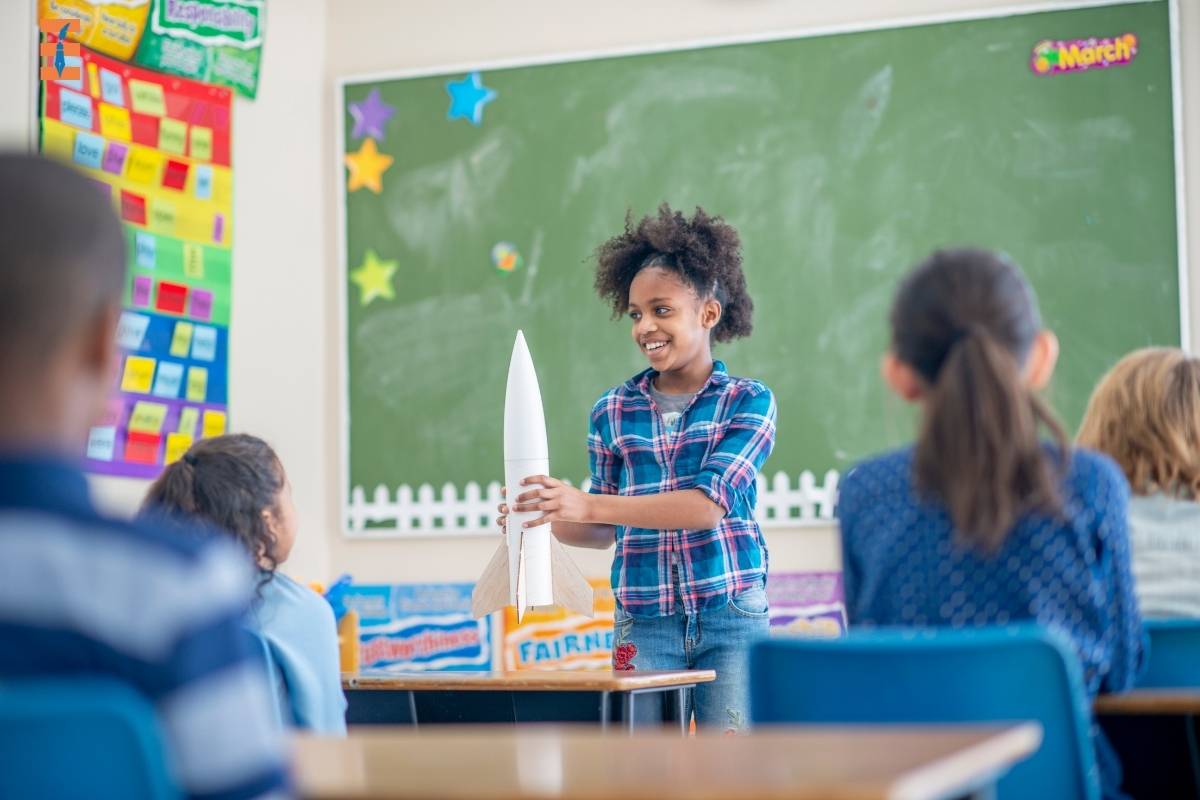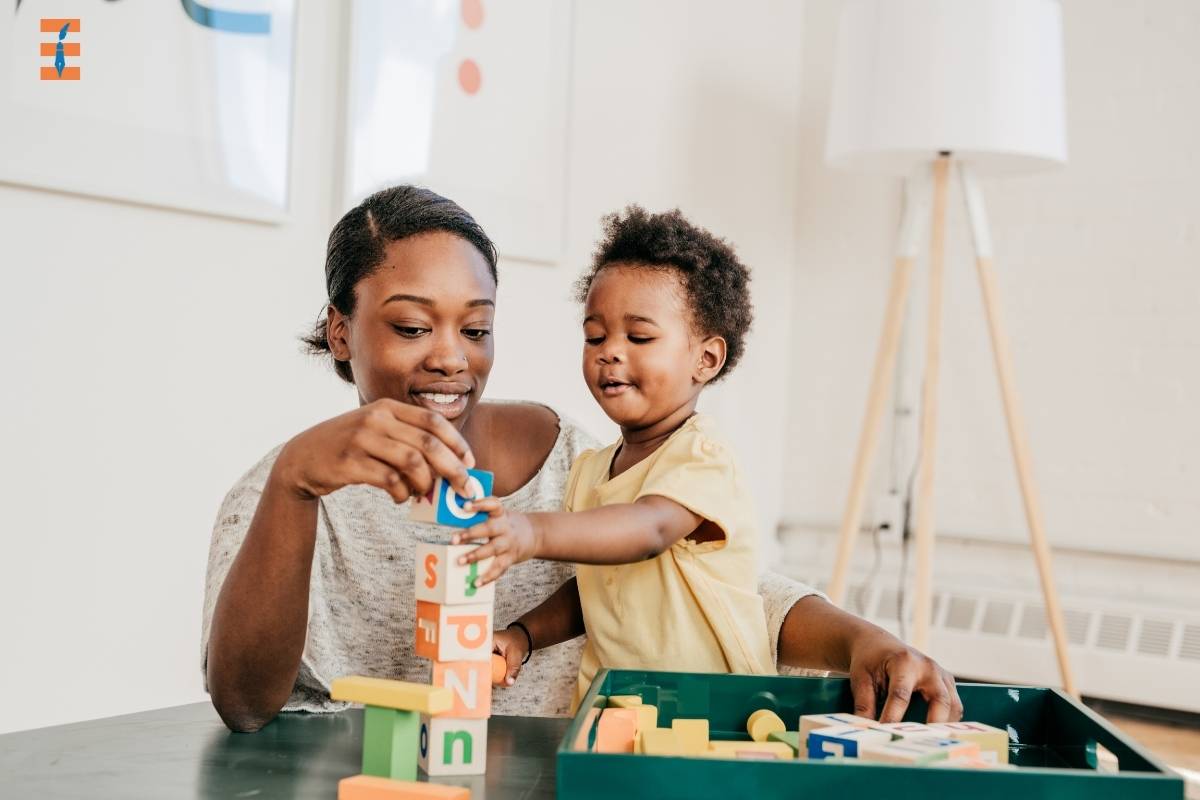In the dynamic landscape of education, fostering student engagement is crucial for academic success and overall personal development. Student engagement goes beyond mere participation; it involves creating an environment where learners are actively involved in the learning process, motivated to explore, and inspired to excel. In this article, we will delve into various student engagement strategies that educators can employ to enhance student engagement, ultimately leading to improved academic outcomes.
Here are various student engagement strategies:
1. Active Learning Techniques
One of the most effective ways to boost student engagement is through active learning techniques. Traditional lectures can sometimes lead to passive learning, where students absorb information without actively processing or applying it. Incorporating interactive activities such as group discussions, case studies, role-playing, and hands-on projects can stimulate critical thinking and make the learning experience more dynamic.
2. Technology Integration

In today’s digital age, integrating technology into the classroom can significantly enhance student engagement. Educational tools, online platforms, and interactive multimedia resources can make learning more interactive and enjoyable. Virtual simulations, educational games, and collaborative online projects not only capture students’ attention but also provide opportunities for personalized learning experiences.
3. Flipped Classroom Model
The flipped classroom model reverses the traditional teaching approach, where students learn new content at home through pre-recorded lectures or readings, and class time is devoted to discussions, problem-solving, and application of knowledge. This strategy empowers students to take control of their learning, encourages active participation during class, and allows educators to provide individualized support.
4. Establishing a Positive Classroom Culture
A positive and inclusive classroom culture is essential for fostering student engagement. Creating a supportive and welcoming environment where every student feels valued promotes a sense of belonging. Teachers can establish rapport, encourage open communication, and celebrate diversity, creating a conducive atmosphere for active participation and collaboration among students.
5. Project-Based Learning

Project-based learning (PBL) is an effective strategy that immerses students in real-world challenges, encouraging them to apply their knowledge and skills to solve complex problems. By working on projects, students develop critical thinking, problem-solving, and teamwork skills, making the learning experience more meaningful and engaging.
6. Differentiated Instruction
Recognizing and catering to diverse learning styles is fundamental in keeping students engaged. Differentiated instruction involves adapting teaching methods, materials, and assessment of student engagement strategies to accommodate the varied needs and preferences of students. This approach ensures that each learner can access and process information in a way that suits their individual learning style, promoting a more engaging and inclusive educational experience.
7. Regular Feedback and Assessment
Timely and constructive feedback is a powerful tool for enhancing student engagement. Providing regular assessments, quizzes, and feedback on assignments allows students to gauge their progress, identify areas for improvement, and stay motivated. Additionally, teachers can use formative assessments to adapt their teaching methods based on student understanding, ensuring a more responsive and engaging learning environment.
8. Student-Centered Activities
Empowering students to take an active role in their learning fosters a sense of ownership and responsibility. Student Engagement Strategies, such as debates, presentations, and peer-led discussions, allow learners to share their perspectives, collaborate with peers, and build confidence in their abilities. Creating opportunities for students to contribute to the learning process makes education more engaging and relevant to their lives.
9. Gamification in Education

Gamification involves incorporating elements of game design, such as rewards, competition, and challenges, into the learning experience. By adding a layer of excitement and competitiveness, gamification can motivate students to actively participate and strive for academic success. Educational apps, quizzes, and interactive simulations with gamified elements can make the learning journey more enjoyable and engaging.
10. Community and Industry Involvement
Connecting classroom learning to real-world applications is a powerful strategy for increasing student engagement. Inviting guest speakers, organizing field trips, and establishing partnerships with local industries provide students with insights into how academic knowledge is applied in professional settings. This exposure enhances the relevance of education, motivating students to actively participate in their learning journey.
Conclusion:
Enhancing student engagement is a multifaceted endeavor that requires a combination of pedagogical strategies, technology integration, and a commitment to creating a positive learning environment. By adopting these student engagement strategies, educators can cultivate a culture of active participation, critical thinking, and enthusiasm for learning. As we navigate the evolving landscape of education, prioritizing student engagement is key to nurturing a generation of lifelong learners who are equipped for success in an ever-changing world.
FAQs on Student Engagement Strategies:
1. What is the importance of student engagement in the learning process?
Ans: Student engagement is crucial because it goes beyond mere participation; it involves active involvement, critical thinking, and the application of knowledge. Engaged students are more likely to understand and retain information, leading to improved academic performance and overall personal development.
2. How can technology integration enhance student engagement in the classroom?
Ans: Integrating technology offers various tools and resources, such as educational apps, virtual simulations, and online platforms, making learning more interactive and enjoyable. These tools cater to diverse learning styles, promoting engagement and allowing students to explore topics in innovative ways.
3. How does the flipped classroom model contribute to student engagement?
Ans: The flipped classroom model reverses the traditional teaching approach, encouraging students to learn new content at home and engage in discussions and activities during class. This method empowers students to take control of their learning, promotes active participation, and allows for more personalized and interactive classroom experiences.
4. Why is differentiated instruction essential for student engagement?
Ans: Differentiated instruction acknowledges and accommodates diverse learning styles, ensuring that each student can access information in a way that suits their preferences. By tailoring teaching methods to individual needs, educators create an inclusive environment that fosters engagement and active participation.
5. How can educators incorporate gamification to boost student engagement?
Ans: Gamification involves incorporating game elements into the learning experience, such as rewards, challenges, and competitions. This strategy adds excitement to the educational journey, motivating students to actively participate, collaborate, and strive for academic success more enjoyably and interactively.
Also Read: 10 Strategies To Close The Achievement Gap In Education










